|
|
It’s not easy for a billion-dollar clothing brand to make a splash on climate issues. Is Patagonia Sustainable? (updated September 2022)
The outdoor clothing brand has a strong reputation for climate activism and sustainability prowess. We wanted to learn more about Patagonia’s sustainability, so we put it to the Sustainable Review test.
Busy? Try the speed read.
The scoop: Patagonia is a forward-thinking billion-dollar brand. But there is always work to be done. Let’s see how they chalk up.
Is Patagonia sustainable?
- Patagonia uses primarily recycled materials.
- They have a lifetime return and repair program for all of their products.
- Patagonia still uses animals in its supply chain, but they try to do it responsibly. I’d rather see no animal use.
- They are slightly above average when it comes to labor conditions.
- Patagonia looks to go carbon neutral by 2025.
- In September 2022, their founder donated non-voting shares of the company, amounting to $3 billion, toward a climate pledge trust. All Patagonia profits are now dedicated to climate change causes.
Zoom out: Patagonia hits on the environmental side, but they have some work to do operationally, especially regarding transparency & ethics surrounding suppliers and animal welfare. No corporation is perfect; Patagonia is one of the best.
Dig deeper → 3 min
Patagonia founder story
Patagonia was founded in 1973 by alpinist Yvon Chouinard, whose anti-business philosophies catapulted the California company into an unprecedented success. He’s as passionate about the outdoors as anyone can be.

His dedication to perfection led Chouinard to design better gear for mountain climbing at a young age. This ‘obsession for better’ morphed Patagonia into the coastal cultural icon we know so well today.
In September 2022, Chouinard and his family forfeited $3 billion worth of their non-voting shares in Patagonia to open a climate change-focused trust. Going forward, Patagonia’s estimated $100 million worth of annual profits will be dedicated to climate change mitigation efforts through multiple nonprofit and organization funding.
In Chouinard’s own words, “Earth is now our only shareholder.”
Company size & industry standard
It’s important to review Patagonia’s sustainability relative to industry and size. This does not ignore its inevitable impact on negative externalities, like the process of making shells or the presence of traceable down in their winter jackets. It primarily serves as a point of comparison.
According to Bloomberg, Patagonia has annual revenue of over $1 billion. Patagonia is also part of the apparel industry, notorious for workers’ rights violations, animal abuse, and environmental degradation. If Patagonia is sustainable, they are one of few within the clothing industry.
Sustainable material assessment
Today, the American clothing company continues to turn the garment industry on its head with its shift toward 100% renewable and recycled raw materials, lifetime repair guarantees, and a fair-trade certification for factory workers.
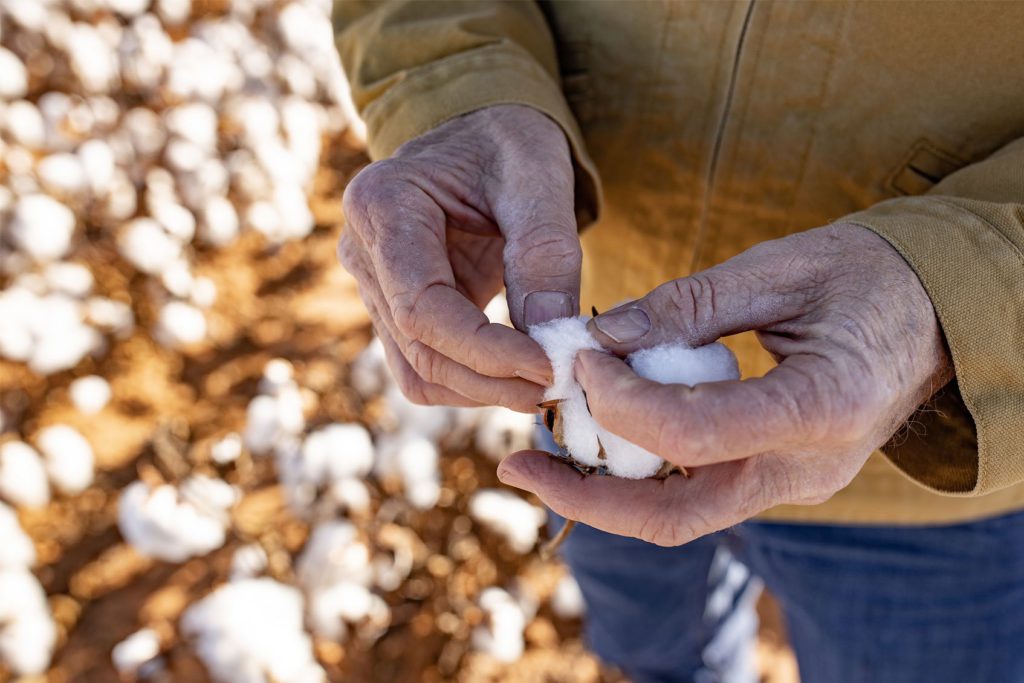
Their products are high-quality and comfortable, and when it gets old and weary, they’ll fix them for free. I am a pleased customer of Patagonia’s grey fleece, an emblem of my Autumn adventures. The cushiony coat provides warmth without weight, and it is flexible for mild and cold weather alike. But we’re not here to talk about quality.
Animal welfare
At the time of publication, Patagonia has no formal animal welfare policy. They continue to use leather and exotic animal hair in some of their products, but they do source their wool from non-mulesed sheep (more ethical treatment of sheep).
The Responsible Down Standard backs Patagonia down. The outdoor clothing brand does not use angora, fur, or exotic animal skin in its products.
I think there is room to grow here. I don’t see why a company committed to sustainability shouldn’t look for vegan alternatives whenever possible.
Patagonia sustainable certifications
All Patagonia cotton is certified organic by the Global Organic Textile Standard (GOTS). Some of its fabrics are also bluesign® certified. Its polyester, nylon, and wool materials are made from recycled fabrics. Patagonia is a member of the Sustainable Apparel Coalition and 1% For The Planet, organizations dedicated to environmental and ethical initiatives and standards.
Energy use in Patagonia facilities
The West Coast clothing maker has committed to carbon neutrality by 2025. 97% of their carbon emissions come from their supply chain, and 86% come from raw materials and their supply chains.
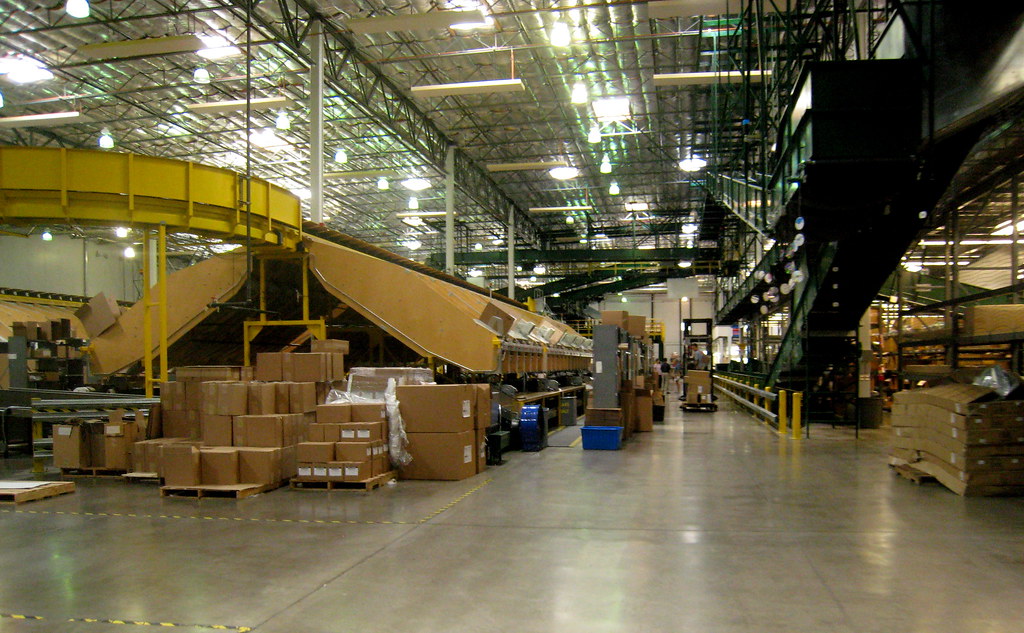
In their retail stores, distribution centers, regional/global offices, and headquarters, Patagonia uses 100% renewable electricity in the US and 76% globally.
The key for Patagonia: reduce or eliminate virgin materials. Focus exclusively on recycled materials. It doesn’t eliminate carbon emissions, but it drastically reduces them. It also reduces water use and keeps plastic out of landfills and oceans.
Transparency & Ethics
Conscious consumerism is built into the company ethos, and they do not shy away from that in their marketing. Patagonia, at one point, intentionally slowed its growth to ensure sustainability was on track. I wouldn’t put Patagonia in the slow fashion category, but they are nowhere near fast fashion.
Labor conditions
Patagonia scored a 60% on the Fashion Transparency Index 2020. Information is available regarding Patagonia’s list of suppliers and any related audits about workers’ rights from those suppliers, especially those closer to the final production stage.
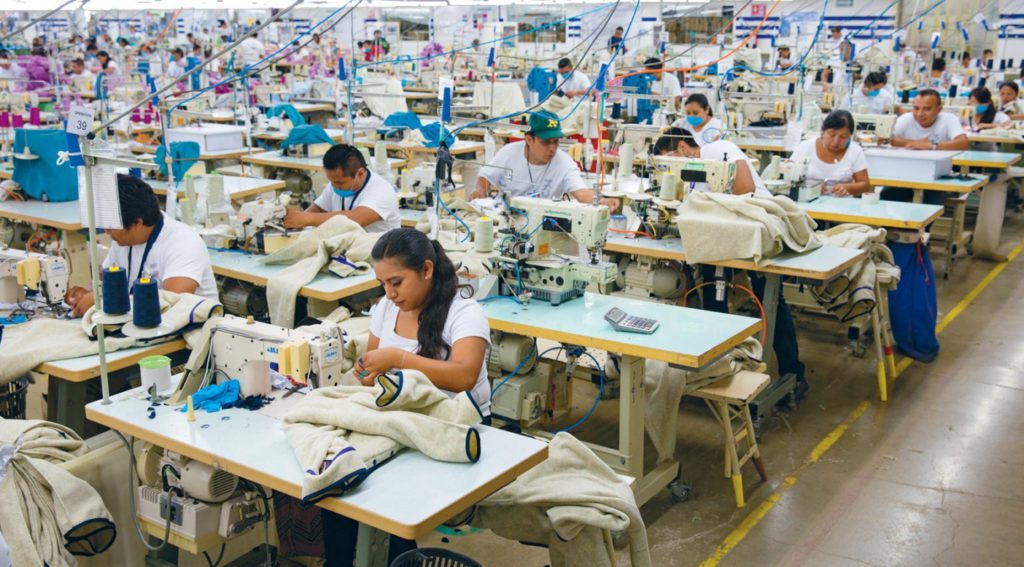
Parts of Patagonia’s supply chain are certified by the FLA Workplace Code of Conduct and Fair Trade USA.
A project is underway at Patagonia to improve wages within its supply chain, but we are still waiting for tangible results. There are certainly more problematic companies regarding labor conditions, but Patagonia still has some work to do in this area.
Patagonia’s transparency to its customer is admirable, and we, the younglings, can only hope that other corporations in this historically troubled industry will follow in its footsteps.
Ongoing evaluation
Is Patagonia sustainable?
Based on their willingness to innovate, yes. I’d consider Patagonia sustainable. Most importantly, this company is dedicated to active participation in the sustainability movement. It is not easy for a billion-dollar brand to make this much noise on climate issues.
Patagonia is far from perfect, but they are much higher on the scale than any of its core competitors with similar revenue. Curious to see how they improve more over the next five to ten years.




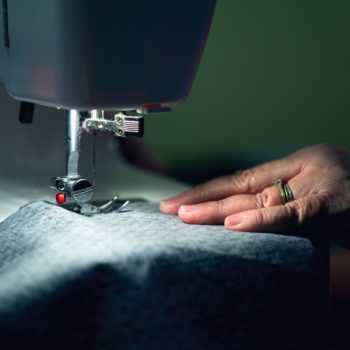


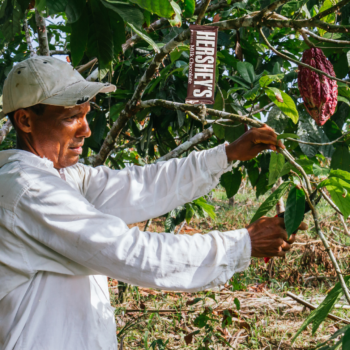
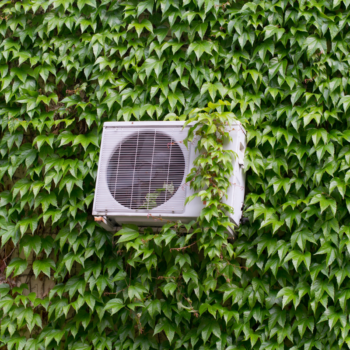




No Comments